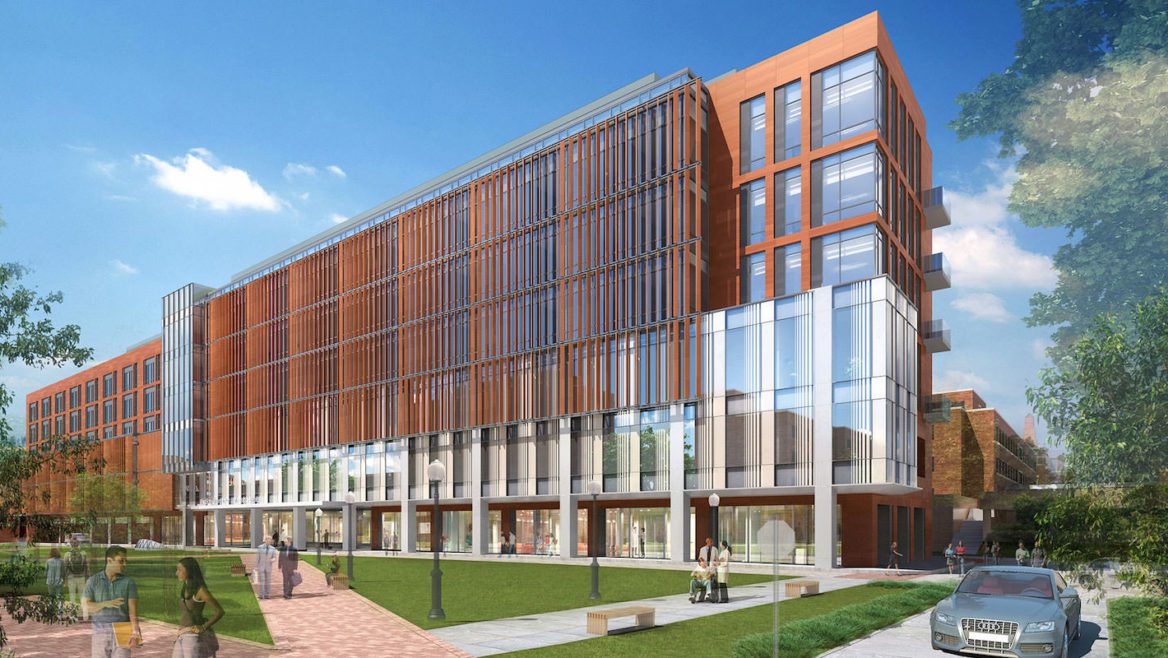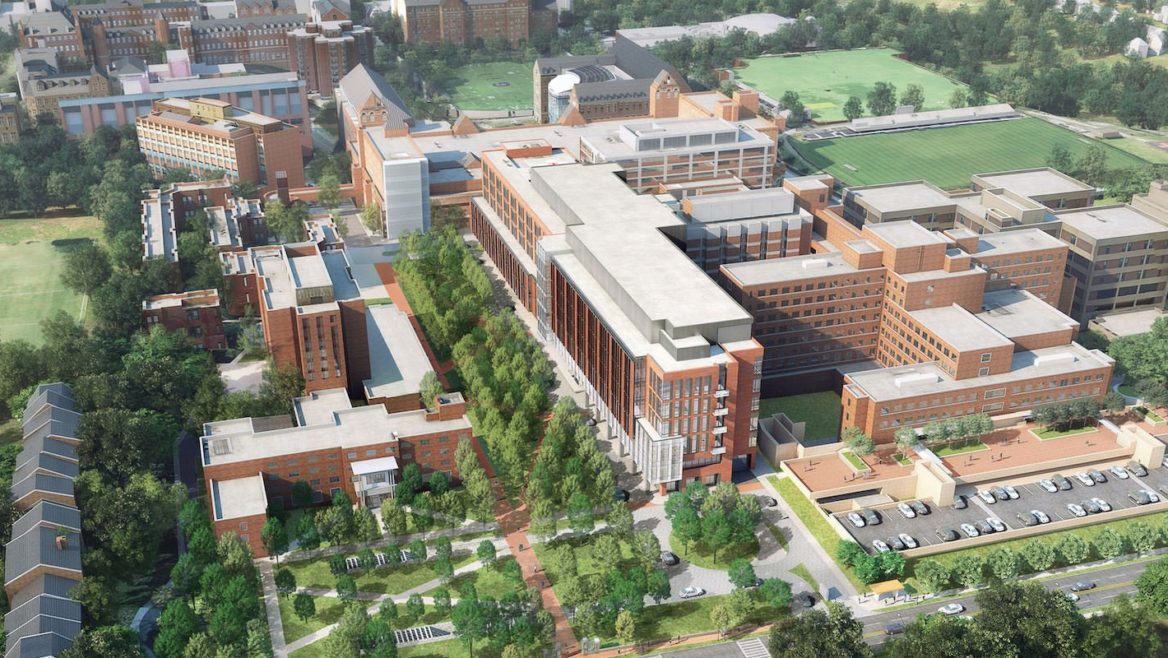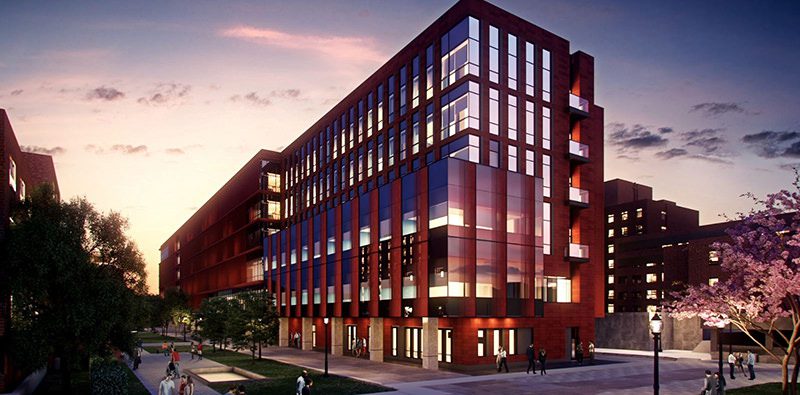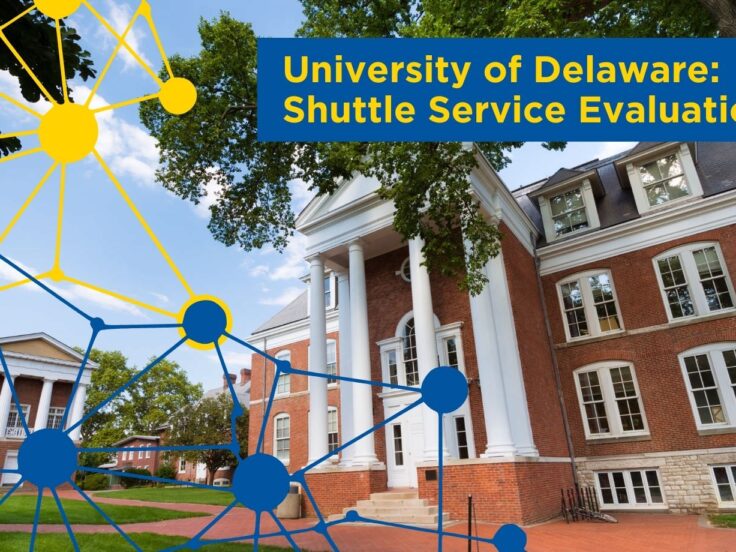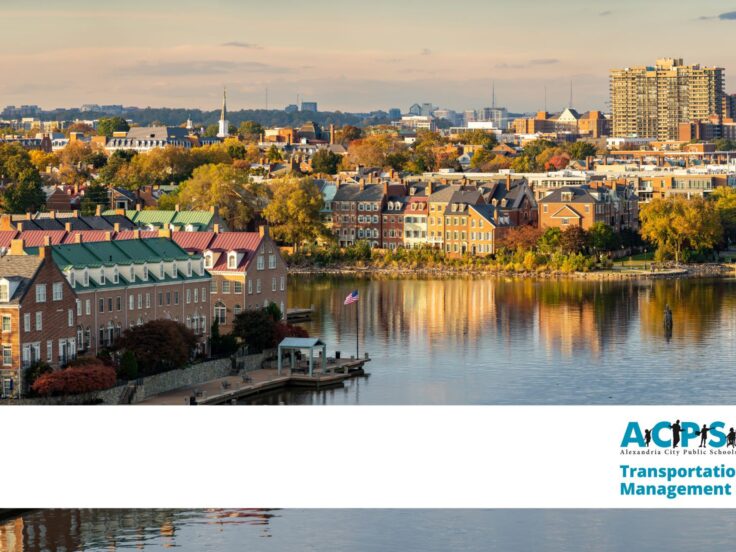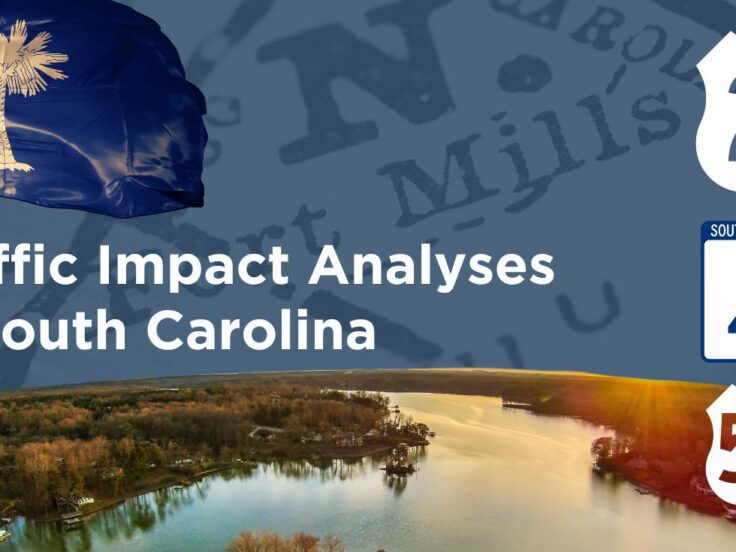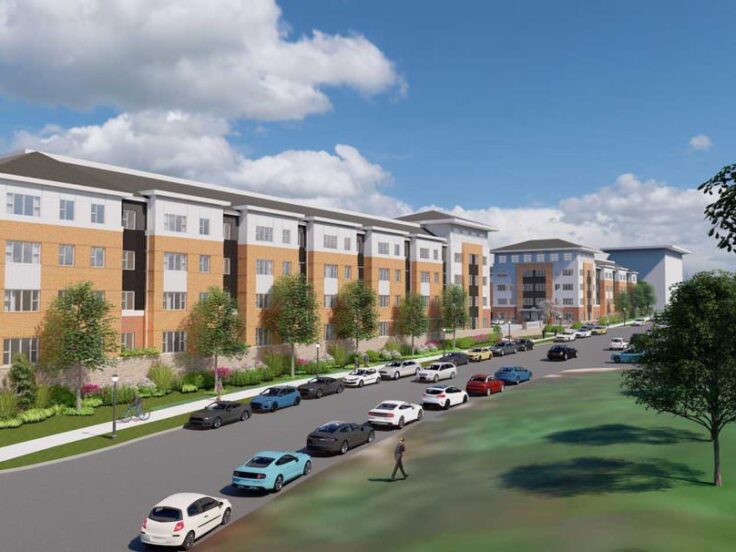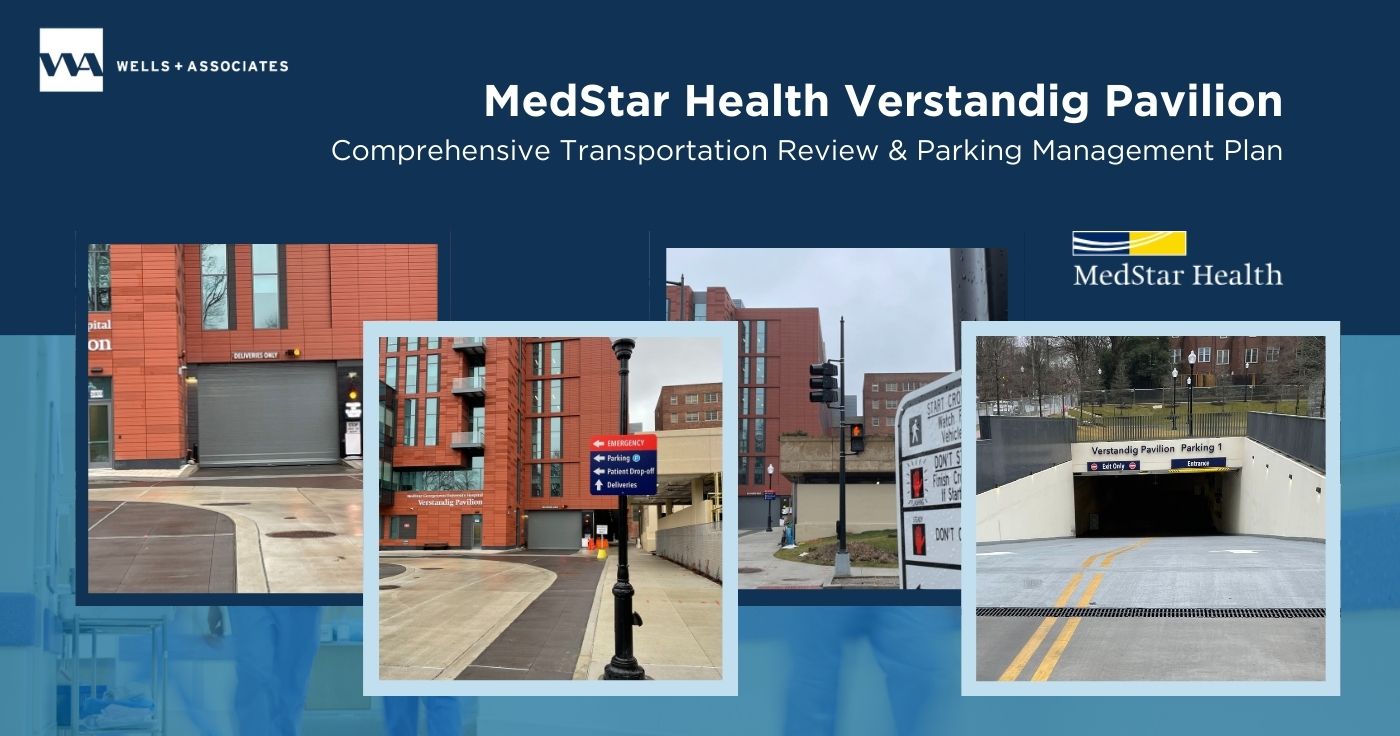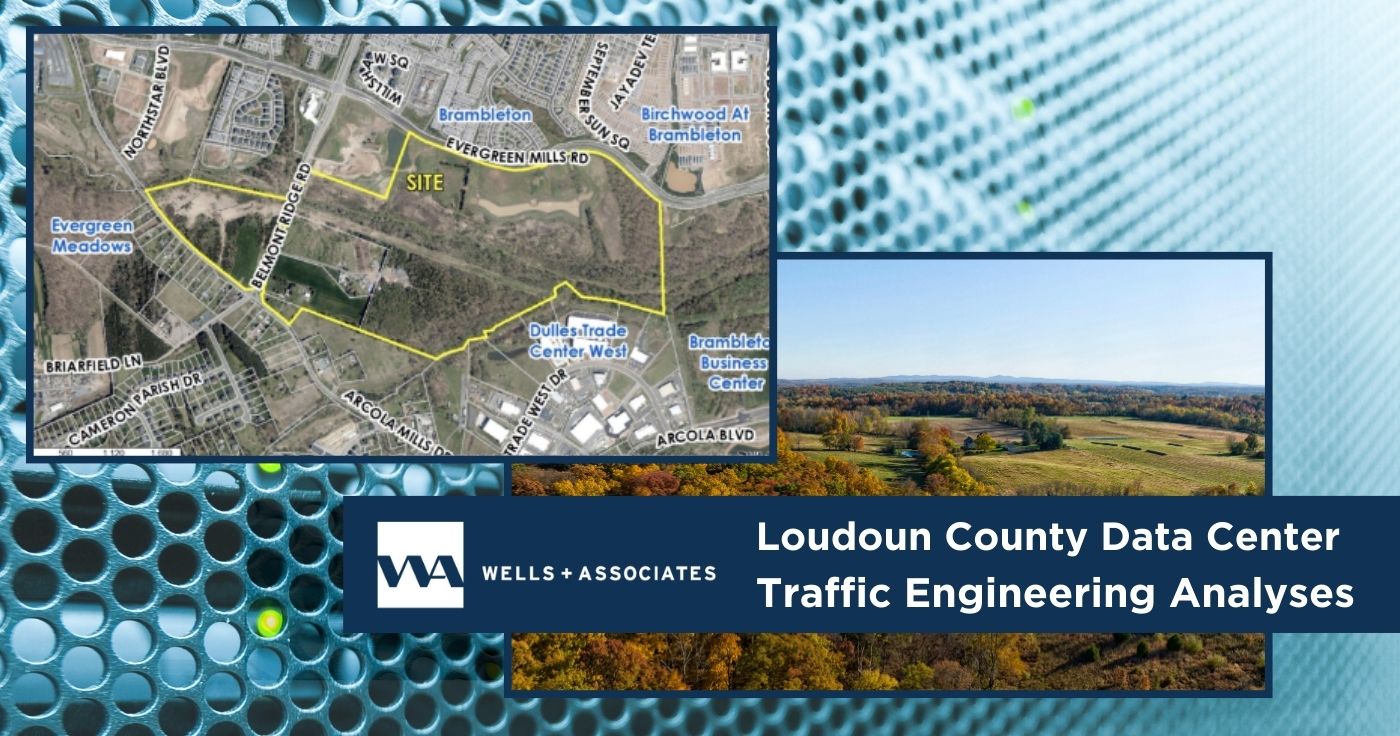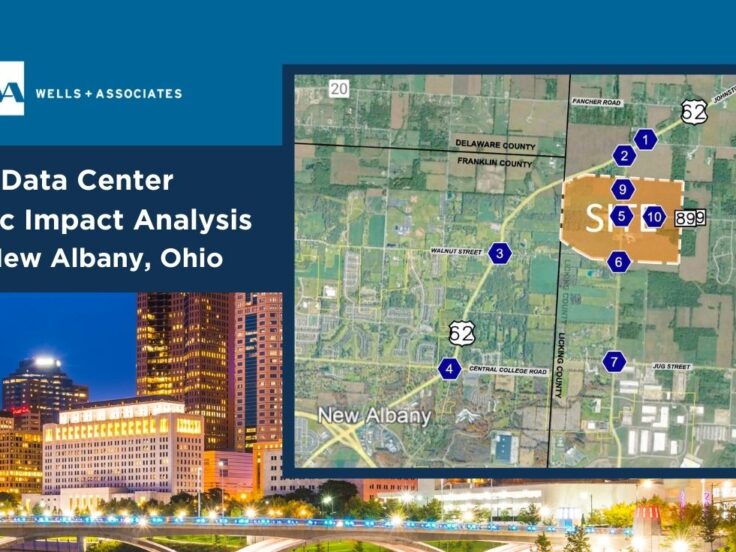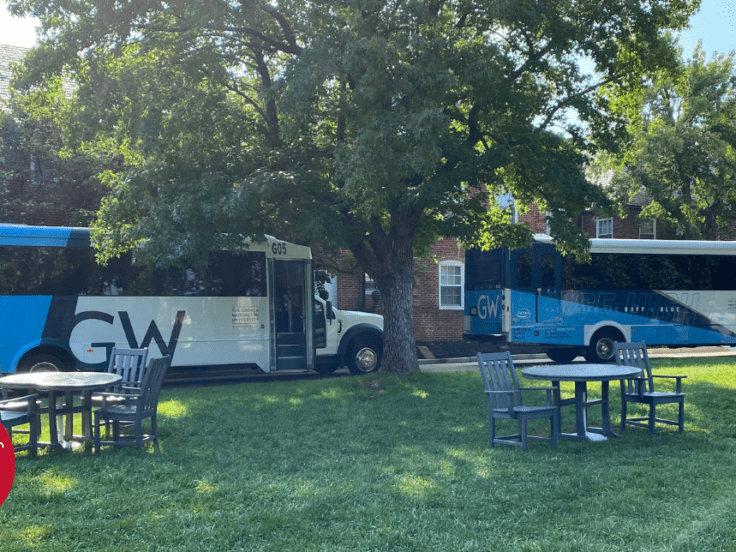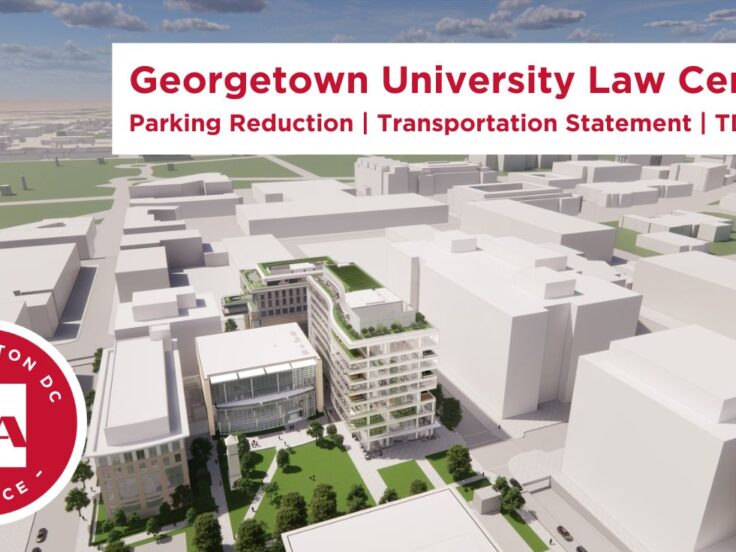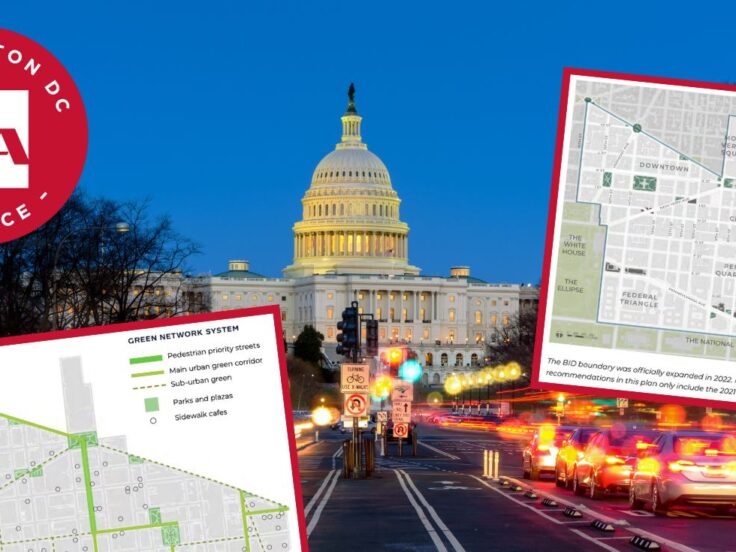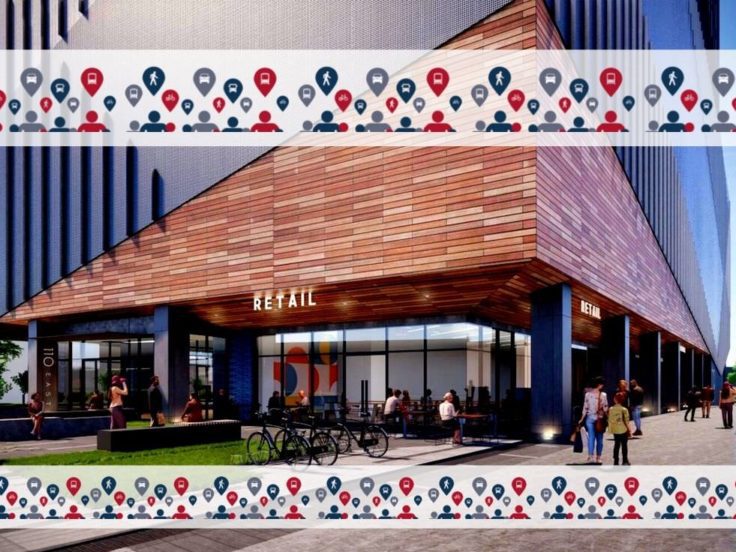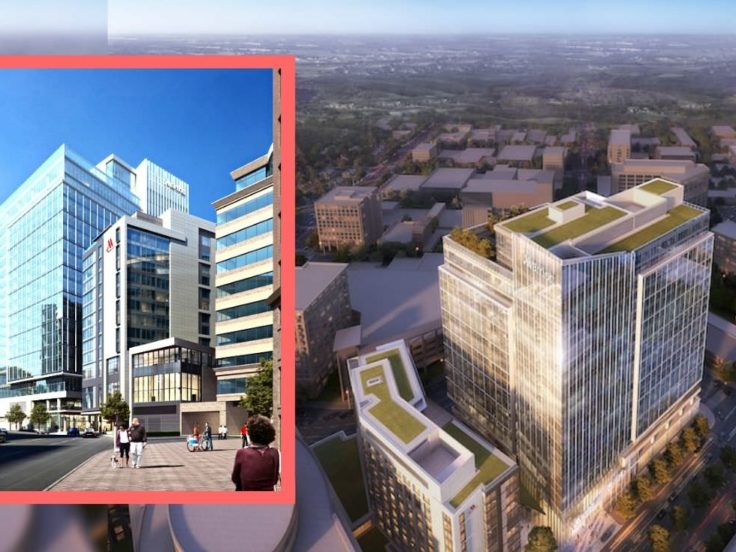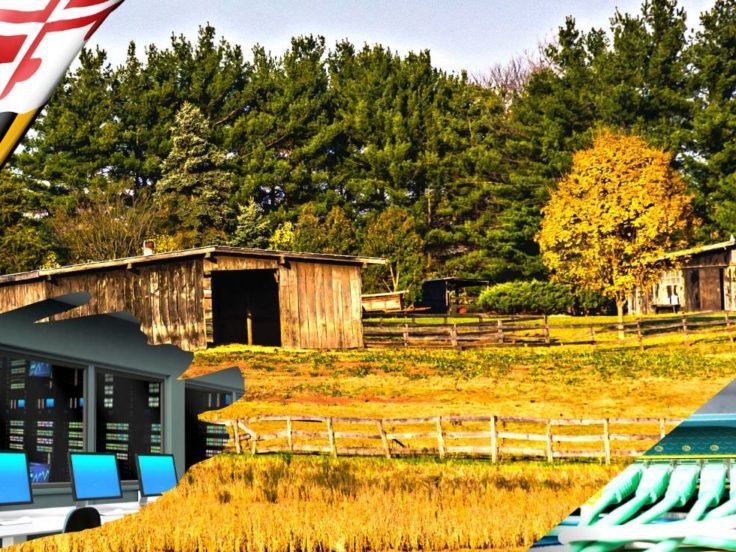Nicholas Kosar
MedStar Georgetown University Hospital (MGUH) is a respected hospital located in Washington, DC that faced the challenge of expanding its campus to fulfill its strategic and healthcare vision while also managing community concerns about growth and transportation. W+A’s DC transportation team was called upon to help MedStar design and measure the performance of sustainable transportation and parking solutions and work with the concerns of surrounding neighborhoods.
Background: MedStar’s Unique Role in the Nation’s Capital
MedStar Georgetown University Hospital (MGUH) is a not-for-profit, acute-care teaching and research hospital with 609 licensed beds located in the northern district of the Georgetown University’s main campus in Washington, DC. MGUH’s Centers of Excellence include cancer, neurosciences, gastroenterology, transplant, and vascular diseases.
MGUH offers many services for complex diseases not offered at other hospitals in the region. Among many accolades, MGUH is:
- the only hospital in Washington, DC to earn designation as a Center of Excellence by the National Parkinson Foundation
- the only comprehensive transplant center in DC and Southern Maryland to earn accreditation from the Foundation for the Accreditation of Cellular Therapy, and
- MGUH’s Transplant Center for Children is the only facility of its type in the DC area and the Lombardi Comprehensive Cancer Center is the region’s only accredited NCI designated Comprehensive Cancer Center
W+A’s Contribution: Employee Commute Surveys, Community Engagement, Multimodal and TDM Planning, and Parking Analysis
W+A played a pivotal role in helping Medstar Georgetown University Hospital (MGUH) expand its campus by overcoming neighbor concerns with increased thru-traffic and parking in the neighborhoods adjacent to the hospital.
Our team addressed concerns of surrounding neighborhoods with a range of tools, including:
- shuttle bus planning
- site access and circulation studies
- multimodal campus planning initiatives
- parking planning and analysis
- traffic signal design
A key component to our work was the development, implementation, and monitoring of a transportation demand management (TDM) plan. Our TDM work for MedStar included a range of services:
Employee Commute Survey + Market Research
Employee Commute Survey
W+A administered an employee commute survey that achieved a 46.2% response rate from more than 4,400 employees. This data was used to not only capture the mode split of employees, but used to understand employee attitudes about parking pricing as well a non-SOV choices. W+A continues to administer the hospital’s annual employee commute survey monitoring requirements and has achieved an average response rate of more than 38% across over 4,500 employees since 2015.
Community Engagement
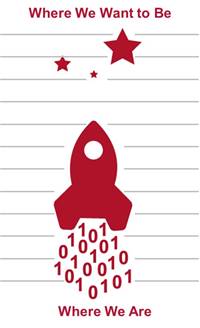
W+A coordinated with hospital and community stakeholders as well as DDOT to develop trip reduction goals for the Hospital. This approach centered on the strengths, opportunities, aspirations, results (SOAR) analysis which serves as a strategic planning tool that focuses an organization on its current strengths and vision for developing its strategic goals.
The following key Hospital internal stakeholder groups participated in the effort and provided their feedback about transportation at MGUH:
- Design and Construction
- Safety and Support Services
- Human Resources
- Public Affairs
- Marketing
- Community Engagement
Additionally, key external stakeholders from neighboring residential communities as well as businesses (including Georgetown Business Improvement District) also participated in the effort and provided their feedback about transportation at MGUH. Results of the Stakeholder Interviews were aggregated to identify emerging trends amongst all stakeholder groups. Recurring themes were prioritized within each category of the SOAR analysis.
Peer Review
W+A used the priorities from the SOAR to develop best practice case studies that were relevant to MGUH’s goals, location and size. Peer reviews were completed with Seattle Children’s Hospital, Partners Healthcare – Assembly Square, Emory University Hospital, and UCLA Medical Center.
These Hospitals were specifically chosen since, like MGUH, they are in large metropolitan areas, but are not adjacent or immediately proximate to their region’s high speed transit network. The best practices from these peer reviews both affirmed MGUH’s existing TDM and parking strategies as well as identified opportunities to enhance them. Additionally, they provided best practices for the measurements of a successful TDM program.
Hospital TDM Plan
W+A used all of the information gathered from the employee commute survey and market research efforts to develop a comprehensive package of TDM strategies as well as a detailed action plan for the Hospital to follow to ensure that the trip reduction goals are met.
TDM Staffing Plan
The plan included a TDM organizational structure designed to staff, create, and maintain a more sustainable commuting system for the hospital’s employees, patients, and visitors.
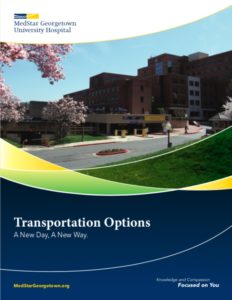
TDM Marketing + Communications Plan
The plan also included a marketing and communications component to build awareness of MGUH’s TDM program. The marketing strategy includes a mix of emails, social media, printed materials, direct mailers, and events in order to deliver a compelling message for individuals, commuters, and organizational stakeholders. W+A helped execute components of this marketing plan, including the MGUH Transportation Options Access Guide.
TDM Strategy Impact Forecasts
W+A used a combination of TDM models and experience implementing TDM programs to forecast the impact of these TDM strategies on peak hour auto trips.
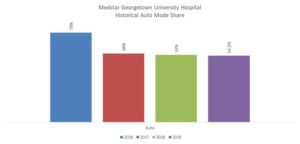
The resulting TDM Plan helped ensure the hospital has been ready to handle the anticipated demand for TDM services that are required to meet the site’s trip reduction requirements. Evidence of this can be seen in the percentage of employees driving alone to the hospital from, which dropped from 73% to 54% over the course of four (4) years.
Parking Analysis + Strategy
W+A worked with the Hospital to develop a parking management plan in conjunction with a new 450,000 SF medical/surgical pavilion.
Parking Policy Development
W+A coordinated with a Hospital and community working groups to understand current parking policies and practices and to determine concerns of various user groups within the hospital as well as community concerns.
Remote Lot Location Identification
W+A worked closely with the Hospital working group to identify off-site parking locations for employees during construction.
Park & Ride Shuttle Route Planning
W+A conducted a commute survey for the Hospital which we used to map commuter routes to/from the hospital. W+A then identified areas where significant commuting routes intersected to determine where off-site parking facilities would be appropriate and most convenient for the employees.

